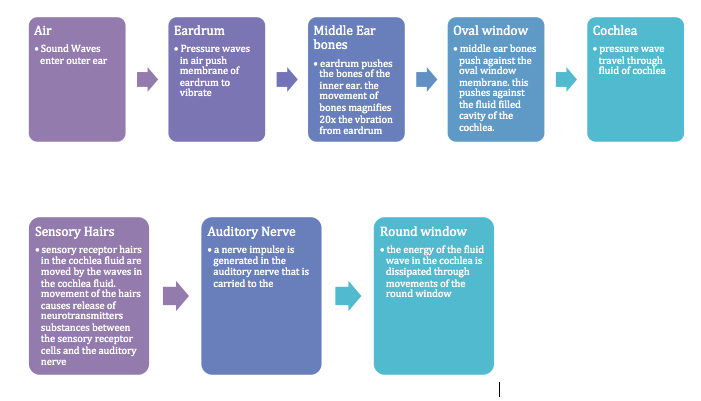E.1.1 Define the terms stimulus, response and reflex in the context of animal behaviour.
Stimulus: a change in the environment (Internal or external) that is detected by a receptor and elicits a response.
Response: a reaction to a stimulus
Reflex: a rapid, unconscious response
E.1.2 Explain the role of receptors, sensory neurons, relay neurons, motor neurons, synapses and effectors in the response of animals to stimuli.
Receptors: They transform the stimuli into a nerve impulse. They are often modified nerve endings.
Sensory neurons: It is a part of the peripheral nerve system, and is a type of neuron. Connects the receptors to the CNS. The impulse travels along the axon of the sensory neuron. The cell body is located in the dorsal root ganglion.
Relay neurons: They are inside the grey matter of the spinal cord, and it's involved in the reflex arc of the CNS. It forms a synapse with the sensory neurone, and then with the cell body of a motor neurone.
Motor neurons: a neurone of the peripheral nerve system. Carries the nerve impulse from the CNS to the effector. Its cell body is also inside the grey matter. The Axon leaves through the ventral root of the spinal cord, and travels through the body to the effector. It forms a synapse with an effector, such as a muscle.
Synapses: a junction between two nerve cells or a nerve cell and an effector.
Effectors:
E.1.3 Draw and label a diagram of a reflex arc for a pain withdrawal reflex, including the spinal cord and its spinal nerves, the receptor cell, sensory neuron, relay neuron, motor neuron and effector.
E.1.4
Prey Preference in the Garter Snake of California
Hypothesis: the difference in diet selection is behavioral and genetically inherited.
Experiment: in an experiment pregnant snakes from two coastal regions have been collected. Inland and Coastal animals are isolated from each other. The hatchlings are offered Banana slug food over a 10 day period.
Conclusion: Coastal Garter Snake eat more Banana slugs than Inland Garter Snakes. Behavior differences are genetically based. Two populations have diverged due to a difference in behaviour. The experimental conclusion was followed up with an investigation looking for the heritable aspect of the 'slug smelling' difference between coastal and inland Garter snakes. The difference between the coastal and inland Garter snake is genetic, the gene allows snake to detect the molecule that is slugs 'smell'. In other words, the sense of smell of the snakes is different. The evolution of 'slug smelling' in coastal species is an adaption made in the colonisation of the regions (10,00 years). Those individuals with the 'slug smelling' gene found more or better food 'non smellers', through better more successful reproduction this gene becomes more frequent in the population.
 |
http://students.ncwc.edu/bio401/2005/Christopher/e_gartersnake.jpg |



Great summary of the way the ear works!
ReplyDeleteWhere is the work from Wednesday's lesson...?
ReplyDelete